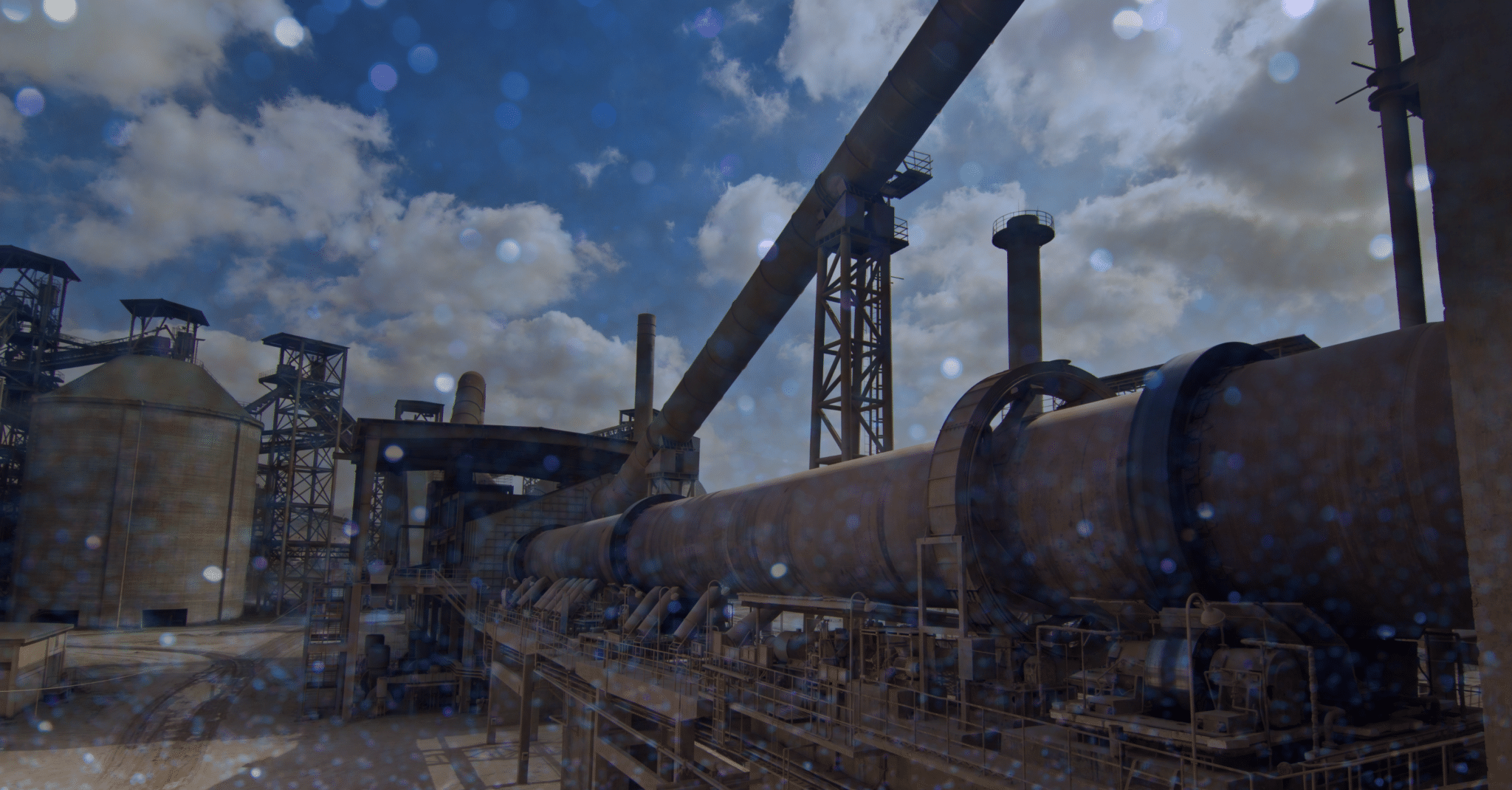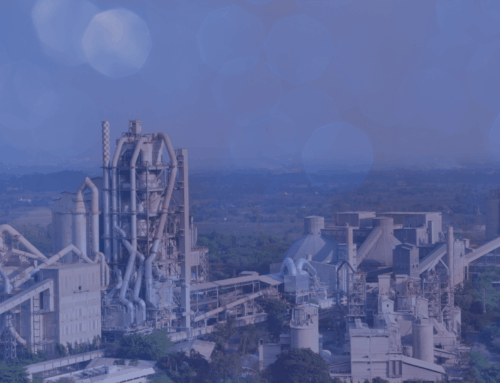The cement industry plays a vital role in the global economy. It provides essential building materials for infrastructure, housing, and commercial projects worldwide. According to the Global Cement and Concrete Association, global cement production reached 4.1 billion tons in recent years. Its growth is forecasted to increase by 12-23% by 2050. However, the industry faces significant challenges, including rising energy costs, environmental regulations, and the need to optimize production processes to remain competitive.
In this context, a leading cement producer sought to address these challenges and improve its cement KPIs by implementing a data historian solution at one of their plants. In addition, the plant’s management team recognized that leveraging data-driven insights was crucial. Moreover, it helps with identifying areas for improvement, making informed decisions, and remaining competitive and sustainable in the growing cement market.
After evaluating various data historians on the market, the plant chose HanPrism to serve as a central repository for all process data. Additionally, through the implementation of HanPrism, the plant will capture, store, and analyze data from various sources. In other words, it will ultimately enable them to track and optimize their cement KPIs.
Implementing Cement KPIs
The implementation began with thoroughly assessing the plant’s data infrastructure and clearly defining the cement KPIs to track. The team identified critical focus points for their cement KPIs. The primary areas include energy consumption, production efficiency, equipment performance, and environmental emissions.
Cement Parameters
Initially, the plant had to define the available parameters that could be measured and collected by the data historian. This was to help establish meaningful cement KPIs. These parameters serve as the foundation for calculating and tracking the cement KPIs. The team worked closely with process engineers, quality control specialists, and maintenance personnel. They all helped to identify the key parameters that would provide the most valuable insights into the plant’s performance.
Some of the parameters identified included:
Cement KPIs
The comprehensive set of cement KPIs defined by the plant enables them to monitor and optimize the performance of each process area. For example, this ranges from raw material processing to the final product packaging. By leveraging the data historian to calculate and track these KPIs in real-time, the plant can quickly identify areas for improvement. In addition, it helps them make data-informed decisions to optimize their operations. Ultimately, this enhances overall efficiency, sustainability, and profitability.
Each process area has its own set of critical KPIs that contribute to the overall performance of the cement plant. For instance, in the crusher area, crushing efficiency directly impacts the throughput and quality of raw materials. By monitoring and optimizing this KPI, the plant ensures that the crushing process operates at peak efficiency, reducing waste and minimizing energy consumption per ton of product.
Similarly, the fineness of raw meal (Blaine fineness) is a vital KPI for the raw mill. For instance, it affects the quality and consistency of the raw meal. This is essential for optimal clinker production in the kiln. In addition, maintaining the proper coal/air ratio in the coal mill in the kiln burner is crucial for ensuring efficient fuel combustion, minimizing fuel consumption, and reducing emissions.
The Importance of KPIs
The kiln’s performance is heavily influenced by the clinker burning zone temperature. Furthermore, this directly affects the quality of the clinker produced. Monitoring and maintaining the optimal burning zone temperature ensures the complete formation of clinker phases and helps optimize fuel consumption. Furthermore, in the cooler, the clinker cooling efficiency is a critical KPI. It impacts the quality of the final cement product by preventing the formation of undesirable compounds and ensuring the proper crystallization of clinker phases.
For the cement mill, cement strength is a crucial KPI that directly reflects the quality of the final cement product. In addition, by monitoring and optimizing this KPI, the plant ensures that the cement produced meets the required strength specifications and customer expectations. Finally, in the packing plant, packing efficiency measures the effectiveness of the packing process. Ultimately, this optimizes the KPI, helps minimize waste, reduces downtime, and improves overall plant productivity.
Cement Historian Next Steps
As the cement plant continues to implement and leverage the data historian, it expects to gain more valuable insights into its operations. Moreover, the historian will enable them to track and analyze these KPIs in real-time, identify trends and anomalies, and make data-informed decisions to optimize their processes further. In other words, by continuously monitoring and improving these KPIs, the plant aims to achieve higher levels of operational excellence. It will also reduce costs, improve product quality, and minimize environmental impact.
HanPrism: a Data Historian for the Cement Industry
A data historian is a crucial tool for cement plants looking to monitor and optimize their performance. It does this by tracking and analyzing key performance indicators (KPIs). HanPrism enables cement plants to make data-informed decisions, identify areas for improvement, and ultimately achieve operational excellence. It does this by providing real-time visibility into the various aspects of the cement production process. For example, from raw material processing to the final product packaging. Additionally, the successful implementation of a data historian and the continuous monitoring and optimization of cement KPIs can lead to significant benefits. In summary, we help increase efficiency, reduce costs, improve product quality, and enhance sustainability. Furthermore, our data management solution positions the cement plant for success in an increasingly competitive and environmentally conscious market.
Reach out to us today to learn more!
HanAra Success Stories
Beyond Reactive Maintenance: A Smarter Approach to Wind Farm Operations
Wind energy has established itself as a reliable renewable power source across the globe. But maintaining a fleet of turbines presents different challenges compared to traditional, centralized power generation facilities. Some of the operational [...]
Biomass Plant Enhances Operational Excellence with HanPrism
In the renewable energy sector, biomass facilities face increasingly complex operational challenges that require sophisticated data management solutions. For one facility, growing compliance requirements and the desire for operational improvement led them to seek [...]
Embracing Change: How a District Energy Organization Transformed Their Data Management with HanPrism
In the world of organizational operations, the concept of "buy-it-for-life" is a rare luxury. While organizations strive for longevity in their tools and solutions, the reality is that technology evolves and so must the [...]









